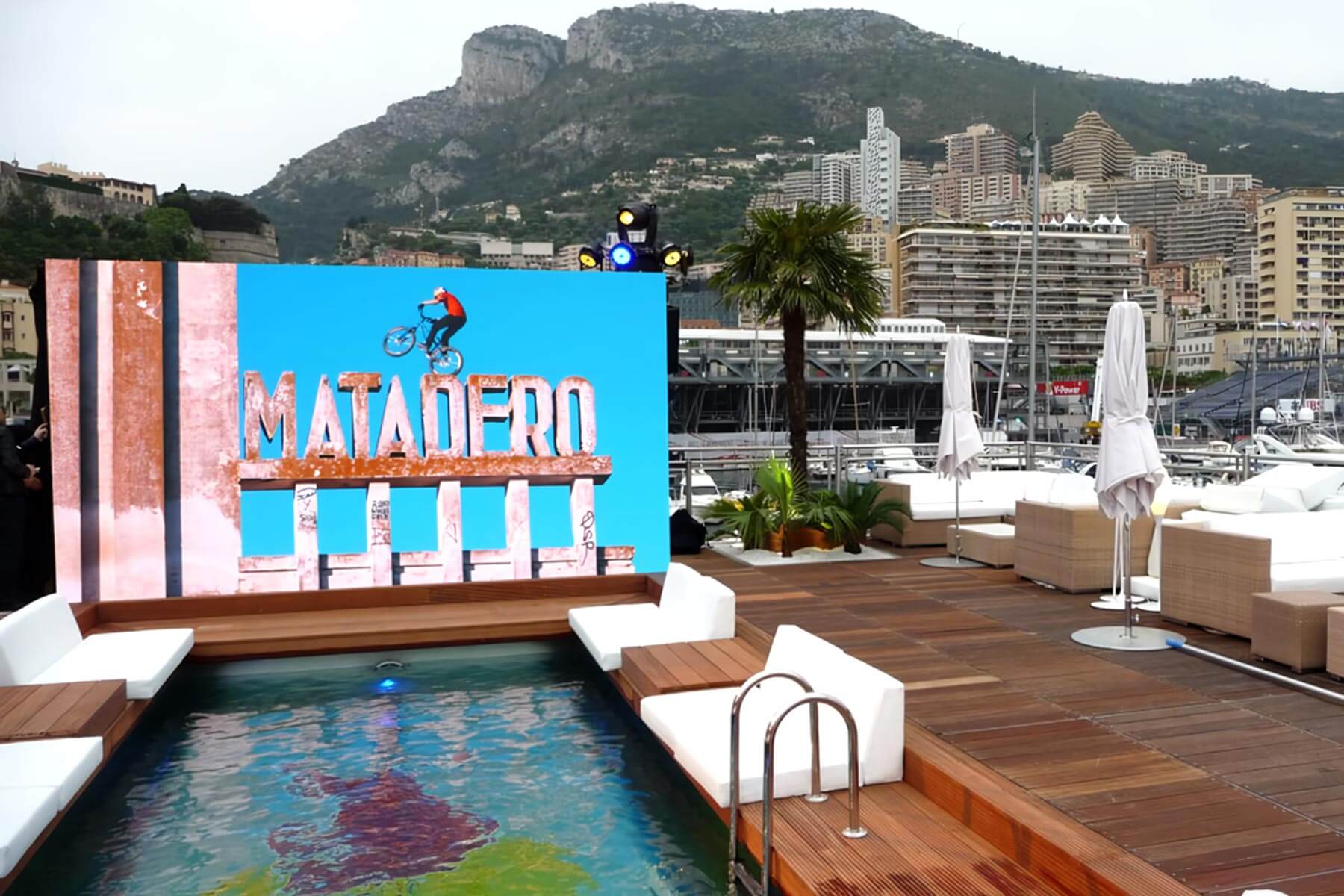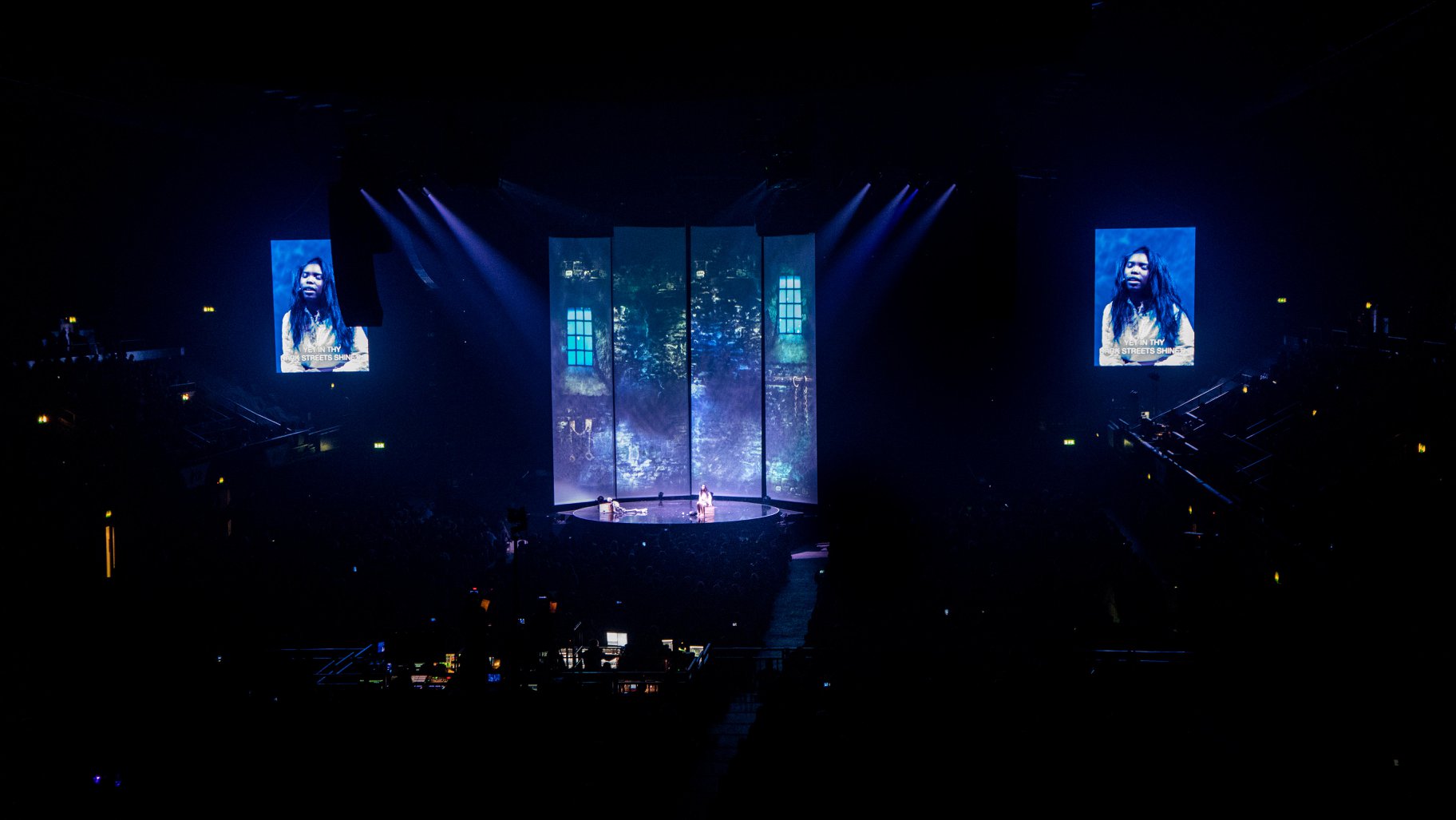When reproducing content on an LED screen, one of the most frustrating issues is the image’s poor quality or pixelation. These displays are capable of reproducing a big amount of visual content in up to 4K, but the end result can be disappointing if the image is not properly projected.
A pixelated image results from pixels that do not align properly during image processing, causing us to see these pixels as having different colors (such as green, red, and blue), which results in a blurred or distorted image.
We’ll look at some of the most frequent causes of these issues:
- Poor resolution from the video source.
- A problem with the pxels.
- issues with connectivity or faulty cables.
- poor quality of the content.
1. Poor resolution of the video source
This kind of inconvenience causes it to appear like the image being attempted to be reproduced has a lower resolution than our screen, resulting in an image that is blurry and pixelated. There are two reasons why there can be a poor resolution:
- The video source is of poor quality, as is the case with earlier technology sources of standard (SD) quality.
- The video’s resolution was incorrectly configured when it was created, preventing it from producing high-definition (HD) content.
How can the issue of the video’s low resolution be resolved?
We can use a multimedia program (like Adobe Premiere Pro) that allows us to increase the video source’s quality without sacrificing clarity in the image. What is the video scale? In this process, an image as low as 720p (HD) can be increased to 2160p (4K). In order to prevent image distortion when resizing the image, the empty pixels are filled with material that is comparable to the surrounding pixels.
When creating our content, one way to prevent low resolution is to use multimedia software like Adobe that allows for high-quality content development and to always have the configuration we use for it on hand before beginning work. This will spare us from the inconveniences of rescaling or pixelated images.
2. Pixels with defects
One of these inconveniences may be the faulty pixels. In other cases, the issue does not stem from the image but rather from the display itself. This produces an image with areas where some pixels may be visible out of focus, with a fixed, fading color that is either more or less brilliant. Each of these cases is shown below:
- Dead pixels are those that, due to a flaw in their transmitter, don’t emit any kind of light, leaving them stowed away when content is displayed on the screen.
Solution for the pixel defect:
Replacing the panel is the only way to address this type of inconvenience, therefore you’ll need to contact the warranty if that’s an option or buy a new one.
- An attenuated or blocked pixel is one that always displays a specific color regardless of the image that is displayed on the screen.
This could occur due to issues with their transmitter. We can try to fix it with some program (JScreen Fix, Aurelitec Pixel Healer) that tests the luminosity in the pixels or that intermittently reproduces colors in an effort to unlock them. Another option is to try applying light pressure with a soft cloth to the area to try and adjust the pixel. In the event that nothing functions, assistance with technical support for repair or replacement is required.
- Another issue is pixels that flicker or have an inappropriate brightness, which can be attempted to be fixed using software, such as the ones previously mentioned, by working on the affected area. We must turn to the technical service in the event of failure.
3. Connectivity issues or defective cables
Another issue that may result in an image with poor quality is oftentimes improper connections or flaws in the connectors or cables. To obtain a great image, we must always use high-quality connection materials (HDMI, DVI, SDI, RJ45) while mounting our Big LED Screens. On the contrary, we can run across the following issues:
- A defective image due to signal loss may be caused by faulty connections or poor connections.
When mounting your display, carefully check the cables that are connected to the various panels and the speaker system. If damaged connectors are discovered, they must be replaced.
- Defective or damaged wires cause an image’s quality to decline, resulting in parallax or image distortions.
In order to avoid these issues, it is crucial to check the cable’s condition. Be careful not to sever the wires or open them just before doing so. Defective cables need to be replaced.
- The sources of energy that cause electromagnetic interference are close to our connections and cabling, thus it’s necessary to have high-quality materials that have some resistance to this type of interference.
Avoid using devices or power cables that produce electromagnetic interference close to your screen’s cable.
4. Poor quality of the content
There are several circumstances that could lead to poor quality for our content. As we mentioned earlier, it is essential to use software that enables creation of high-quality content at the time of creation. Nevertheless, there may be other inconveniences that also lead to poor quality:
- Archive compression that goes beyond content optimization to save space on a rigid disk.
The final content to be reproduced frequently remains in excessively large archives after software optimization, so we choose to further compress it, which lowers the quality or resolution.
- Incompatible file formats may be the result of trying to compress and save space with our content, or of using a lesser-known multimedia program, leading to the creation of a file that cannot be played back in commonly used programs (VLC Media Player). Be sure to use high-quality file formats like MP4, AVI, MOV, and FLV, among others.
When purchasing an LED screen, you may try discussing some of these issues with your supplier; however, you can also find a specialized service at Mirackle that can help you clear up any remaining questions. Additionally, it offers a specialized installation service for your screen and content creation guidance so you can successfully complete your project. Mirackle offers the following as client care:
- a continuous supply of all of their products.
- Sending packages with a tracking system so that it can be known when to arrive.
- Guarantee of up to two years on all of their products.
- If necessary, maintenance, repair, or replacement service.
























